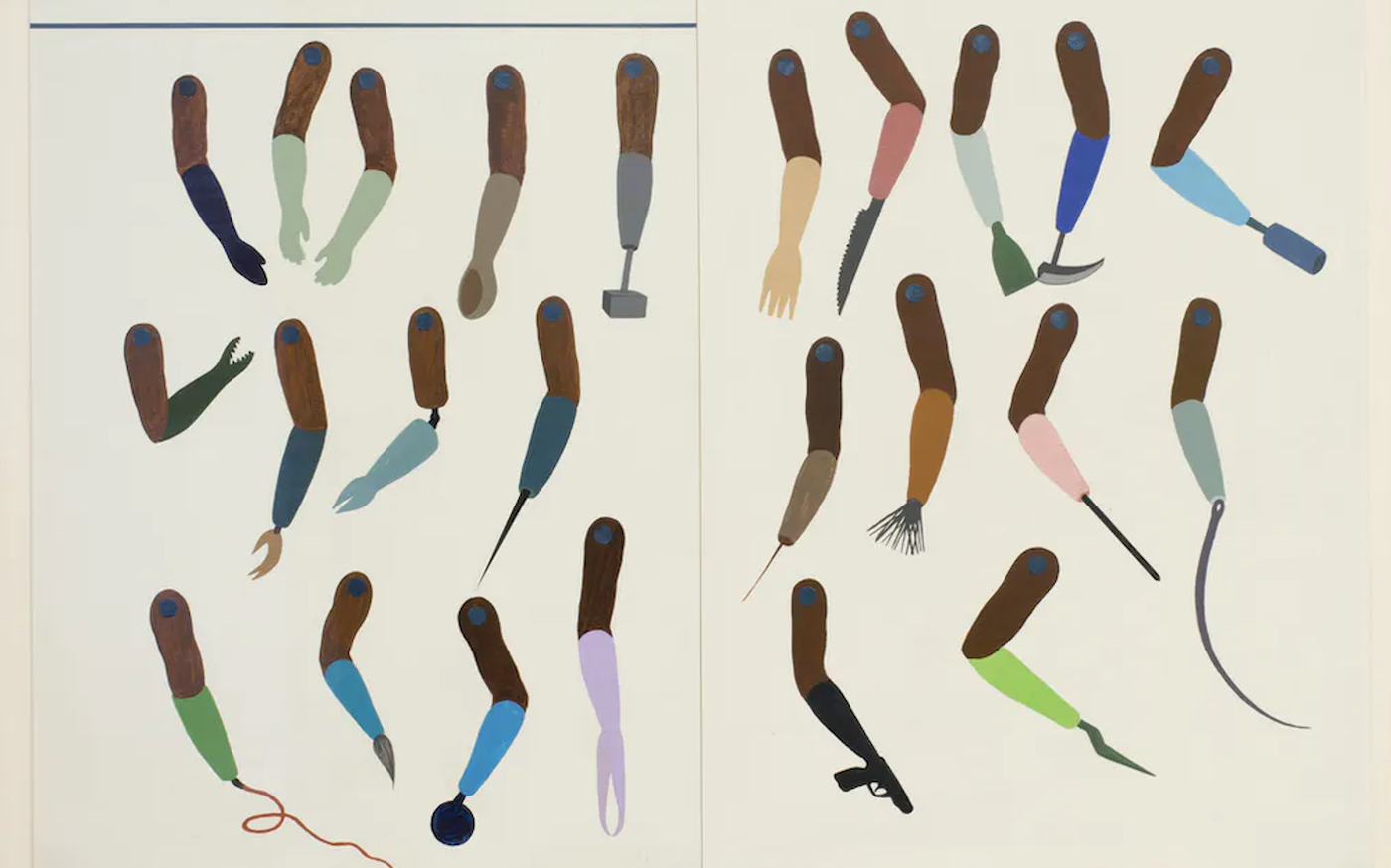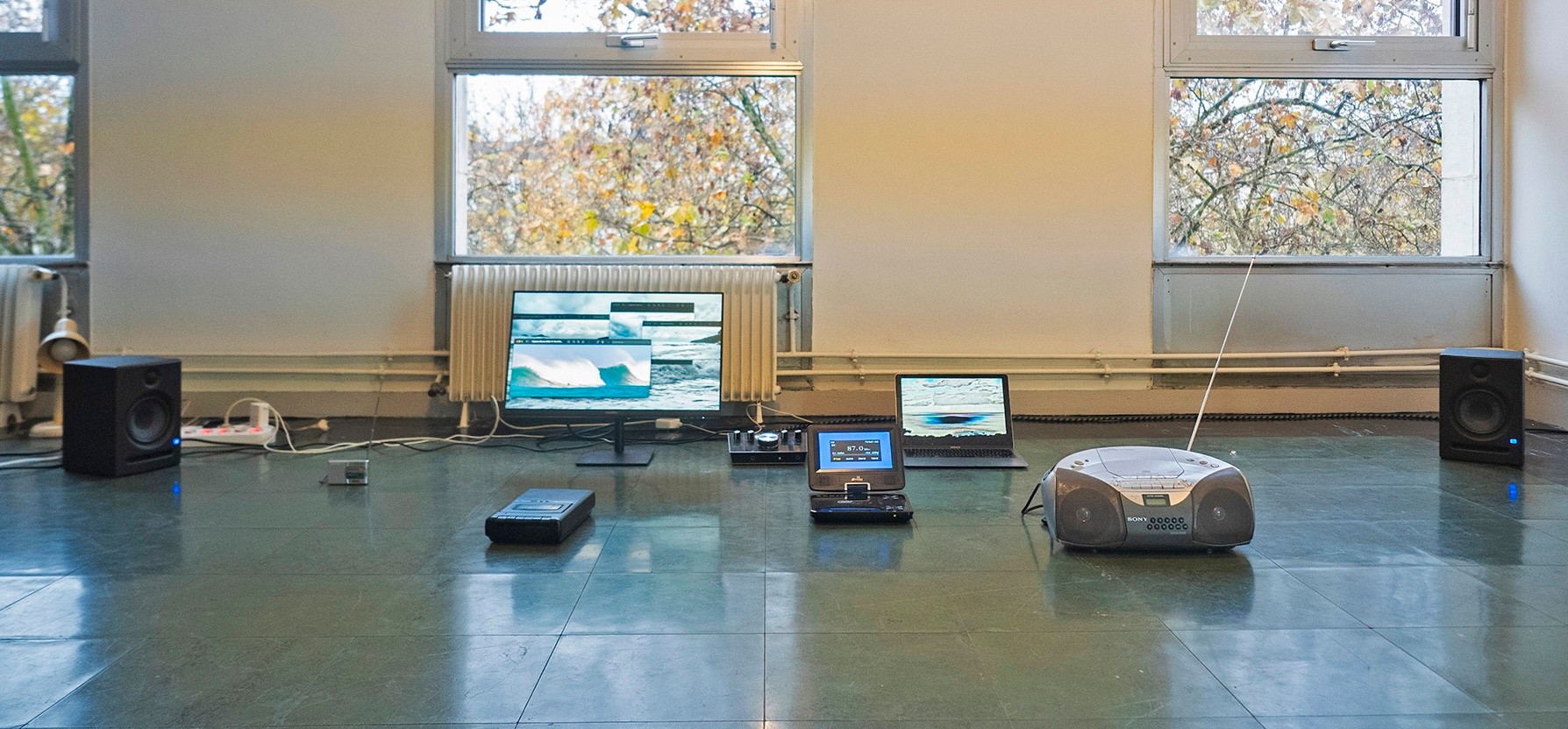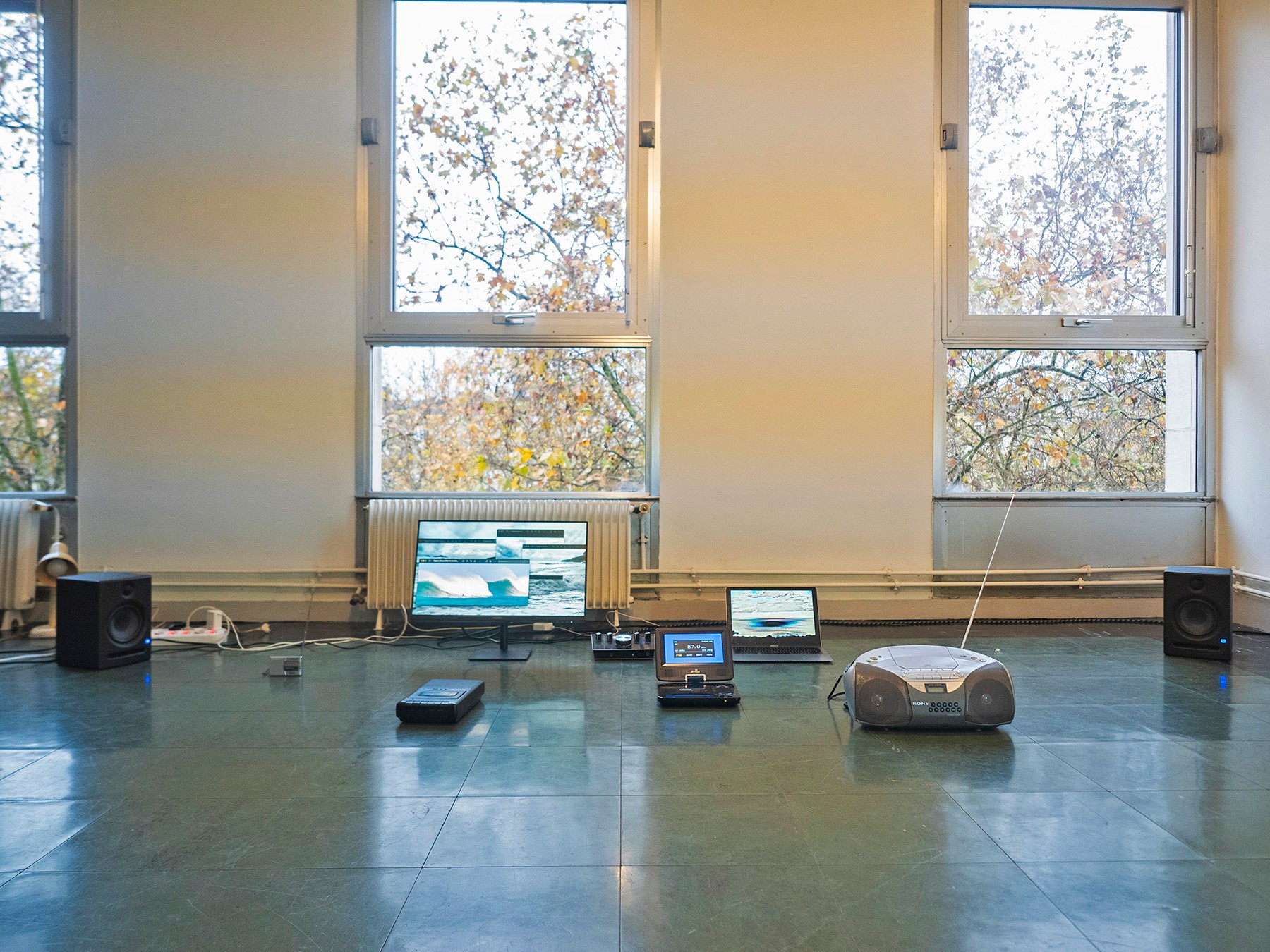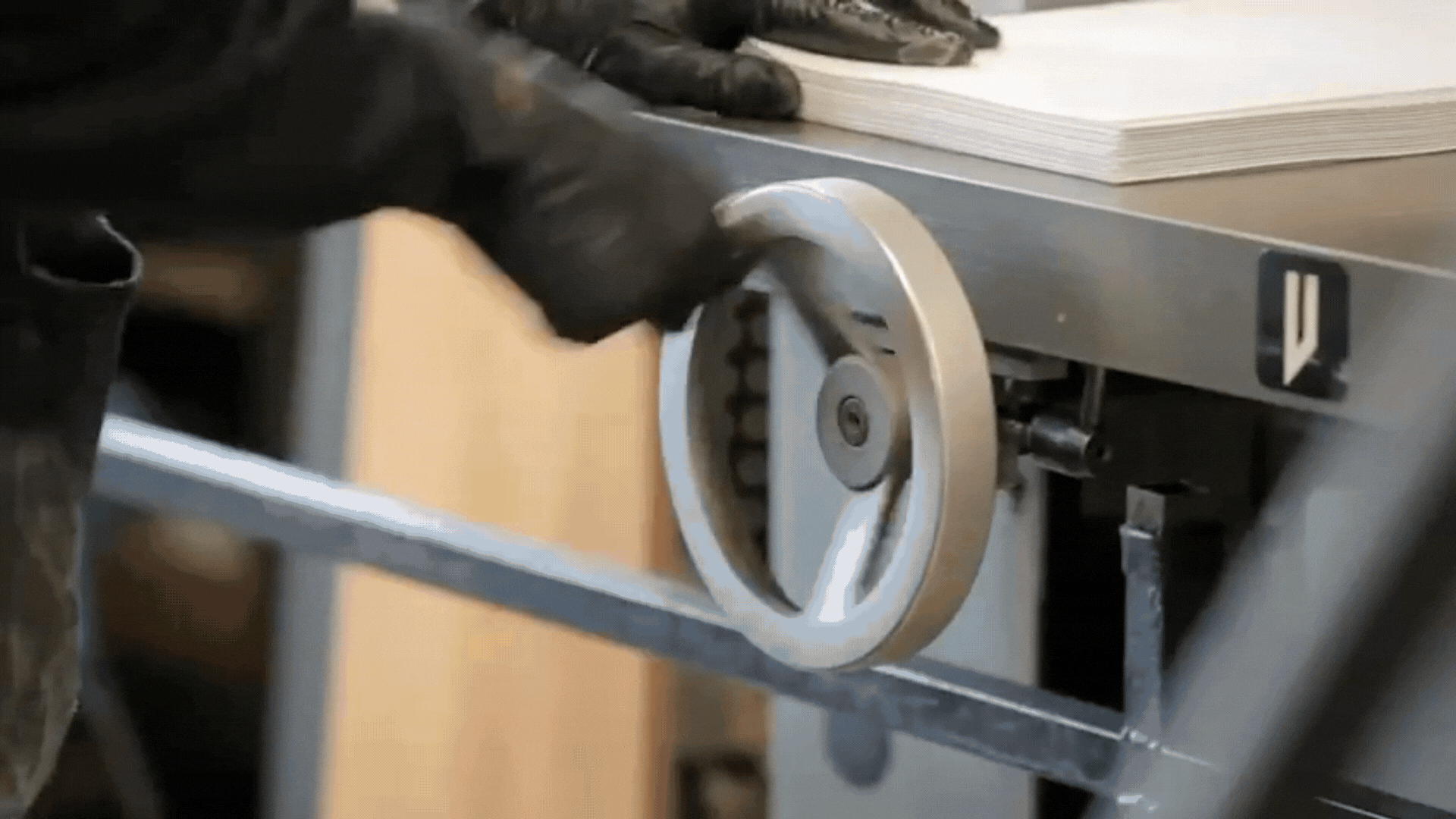Artists Not Geographies Should Be Our Focus

03 March 2023
Magazine C& Magazine
Words Sean O’Toole
4 min read
To celebrate our authors' writing we've dug up a few pieces from our archive. One of our first commissioned text we published is from Sean O'Tool.
Every morning I wake up and look at Africa. It presents itself as something like this: in the near distance, a suburban street with cars parked nose-to-tail next to a pedestrian walkway; in the middle distance, a metropolitan skyline that includes two cranes lifting material for the construction of my home city’s new tallest building; beyond that, a bay with container ships at anchor; and past that, forming a receding horizon, a corrugated landscape of hills and mountains and clouds, more Africa. There is something unreliable about this view.
Cape Town, the city I look at out my window every day, is not a South African city. At least this is what I’m routinely told, both in person and through the people I read. It is too white in its concerns, goes the argument, too white in its absorption with organic asparagus and Provencal lifestyles, too white in its love of colourful pop paintings with no meaning and designer homes with balconies shaped like grand piano lids. There is truth in this view.
“I am grieved by how obviously divided this city is,” remarked Teju Cole, a novelist and art historian specialising in sixteenth-century Dutch art, on his first visit to this city recently. “It is uncomfortable. It is quite obvious that there are those who serve and those who are served.”
Cole is not the first person to remark on the strange, unresolved character of Cape Town, a city characterised by peculiar micro-politics and, of late, an over-heated sense of self worth. A few weeks ago, Edgar Pieterse, who heads up the African Centre for Cities from a university office on the slopes of Table Mountain, told me that Cape Town is a series of “disconnected villages of thought and desire”. It is a snappy statement, one that offers a useful way to think about, through and past the expression “contemporary African art”.
I have no idea of what this phrase, which has enjoyed freewheeling agency in cities on either side the North Atlantic, actually denotes. It strikes me as a fiction. This is not necessarily a bad thing.
Fictions – be they formalised stories or vague ideas and legends passed on as rumour or whispered caution – have always been valuable in a world of brute circumstance. They act as a kind of palliative. At their productive best, fictions divert, entertain, amaze and inspire; they can also, in a positive way, provoke argument and turn the sceptics harrumph into an “Aha!”
But fictions are, by their nature, also a species of lies. Beautiful lies, yes, although more often than not the lies are humdrum. I wonder if the phrase “contemporary African art” is not in danger of becoming routine, commonplace, humdrum, in a word, meaningless. As it is, the expression places too much emphasis on an abstract volume (Africa), when really it is the unit (cities, neighbourhoods, studios) where the real character of this practice emerges.
Contemporary African art isn't something exclusively made in or from Africa; it comes from Addis Ababa, Algiers, Amsterdam, Bamako, Berlin, Cairo, Cape Town, Cotonou, Dakar, Douala, Johannesburg, Lagos, London, Lubumbashi, Marrakesh, Munich, Nairobi, New York, Paris, Tangiers and elsewhere. These cities sometimes share affinities, but mostly not. One word designating a continent is a poor proxy for what in reality is an atomised, dynamic and geographically imprecise set of practices.
Sean O’Toole is a writer and co-editor ofCityScapes, a critical journal for urban enquiry. He lives in Cape Town, South Africa.
This text was originally published on 17 December 2013.
Read more from

Caribbean Sounds: The Connective Possibilities of Radio

Caribbean Sounds: The Connective Possibilities of Radio

Black Canadian Print Cultures: Of Quiet and Enduring Legacies
Read more from

MAM São Paulo announces Diane Lima as Curator of the 39th Panorama of Brazilian Art

Naomi Beckwith Unveils Core Artistic Team for documenta 16
